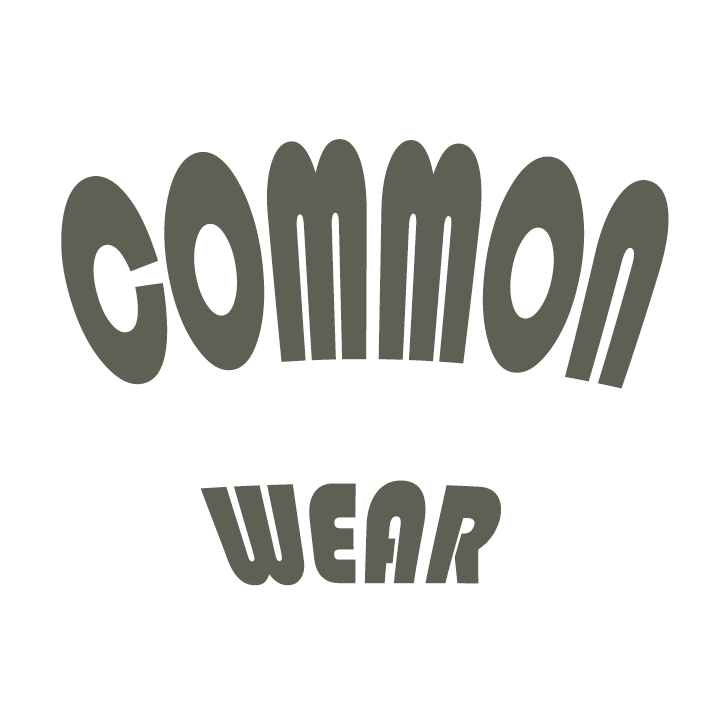Modeling complex collective behaviors like herding requires capturing both individual motion and group dynamics. This paper presents an agent-based model of directional multi-herds, where autonomous agents form and move in multiple herd-like structures based on direction and local interaction rules. The model explores how simple agent behaviors at the local level give rise to emergent patterns of coordinated movement across multiple sub-herds. Simulations demonstrate that varying interaction parameters can yield different herd formations and movement synchronization, providing insight into decentralized coordination mechanisms.
